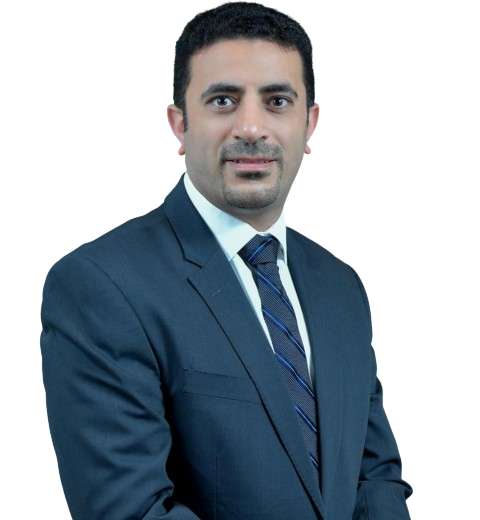Prostate cancer is one of the most common cancers in men. The prostate is a gland that makes some of the fluid that helps to nourish and transport sperm. Prostate cancer starts when cells in the prostate grow abnormally and crowd out normal tissue. The tumor grows slowly at first, but as it gets bigger, it can damage nearby tissues, causing pain and other problems. Most prostate cancers grow slowly and do not spread to other parts of the body. But some are aggressive and have a high chance of spreading to other organs, such as the bones and lymph nodes.
Symptoms of Prostate Cancer
The most common signs are:
- Difficulty urinating, either dribbling or a weak flow
- A feeling that you have to urinate more often than usual
- Pain or burning while urinating
- Blood in your urine or semen
Causes of Prostate Cancer
It’s estimated that more than 40% of men will develop prostate cancer at some point. The causes of prostate cancer are not well understood, but researchers have found that certain factors can increase a man’s risk of developing it. These include
Age: As men get older, their risk of developing increases. It is more common in men over the age of 50.
Diet: Eating a diet high in red meat or dairy products may increase your risk.
Family History: If a close relative has been diagnosed with the condition, you’re at higher risk for developing it yourself.
Infection: Infection by the sexually transmitted virus HPV increases your risk of developing both low-grade and high-grade prostate cancers.
Diagnosis
Prostate cancer is diagnosed by a combination of physical examination, blood tests, and biopsies.
Physical Examination. The doctor will examine the prostate for swelling, lumps, or other abnormalities. The doctor may also order a digital rectal exam (DRE) to check the prostate for lumps and abnormalities.
Blood Tests Determine elevated levels of PSA (prostate-specific antigen) and DRE2-3 (a protein produced by many cancers).
Digital Rectal Exam (DRE) may also be performed to identify any abnormalities in the prostate.
Biopsy. The diagnosis of prostate cancer can be confirmed with a biopsy of tissue samples taken from your prostate gland during an examination known as a transrectal ultrasound guided needle biopsy (TRUS-NB). This procedure involves inserting an ultrasound probe into your rectum so that the doctor can see inside your body and guide a thin needle over your prostate gland.
Treatment
Treatment of prostate cancer varies based on the disease’s stage and the patient’s age. Treatment options include surgery, radiation therapy, hormone therapy, and chemotherapy.
Radiation therapy is used for patients with early-stage disease that has not spread to local lymph nodes and for patients with advanced-stage disease that is confined to the prostate gland. In external beam radiation therapy (EBRT), a machine directs a beam of high-energy radiation at the tumor from outside the body.
Brachytherapy involves placing radioactive seeds directly inside or around the tumor.
Hormone therapy involves taking drugs such as luteinizing hormone-releasing hormone agonists (LHRH agonists) or antiandrogens to stop testosterone production in men who have advanced prostate cancer. The goal of hormonal treatment is to reduce levels of testosterone circulating in the bloodstream so that tumors do not grow as quickly as they would if testosterone levels were normal.
Chemotherapy may be used alone or in combination with other treatments, such as surgery or radiation therapy, to treat advanced prostate cancer that has spread beyond its primary location (metastatic).
Surgery for Prostate Cancer
Surgery for prostate cancer involves removing the prostate gland or part of it. This surgery is called radical prostatectomy (RP). There are two types of RPs: open and robotic-assisted laparoscopic. The type of surgery you have depends on your tumor size and location, age, and other factors.
Radical prostatectomy is a surgical procedure to remove the prostate gland, including some surrounding tissue and lymph nodes. The surgeon makes an incision in the lower abdomen and removes the prostate gland through that opening. A catheter may be inserted into the urethra so urine can flow freely afterward. The surgeon then repairs any damage done during surgery, closes the incision, and stitches up any remaining skin openings on each side of the scrotum (in males).
At Burjeel Medical City, Abu Dhabi, we are dedicated to providing the best possible care for patients with prostate cancer. Our experienced team of uro-oncologists is committed to providing the highest quality of care and treatment for our patients. We understand the importance of providing comprehensive care for prostate cancer and are dedicated to providing the best possible outcomes for our patients. With our cutting-edge technology and expertise, we strive to provide the best possible care for our patients and ensure that they have the best chance.

























